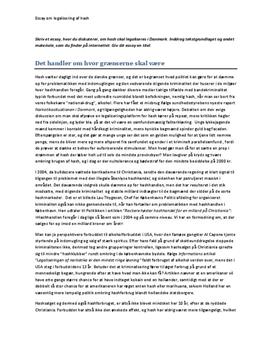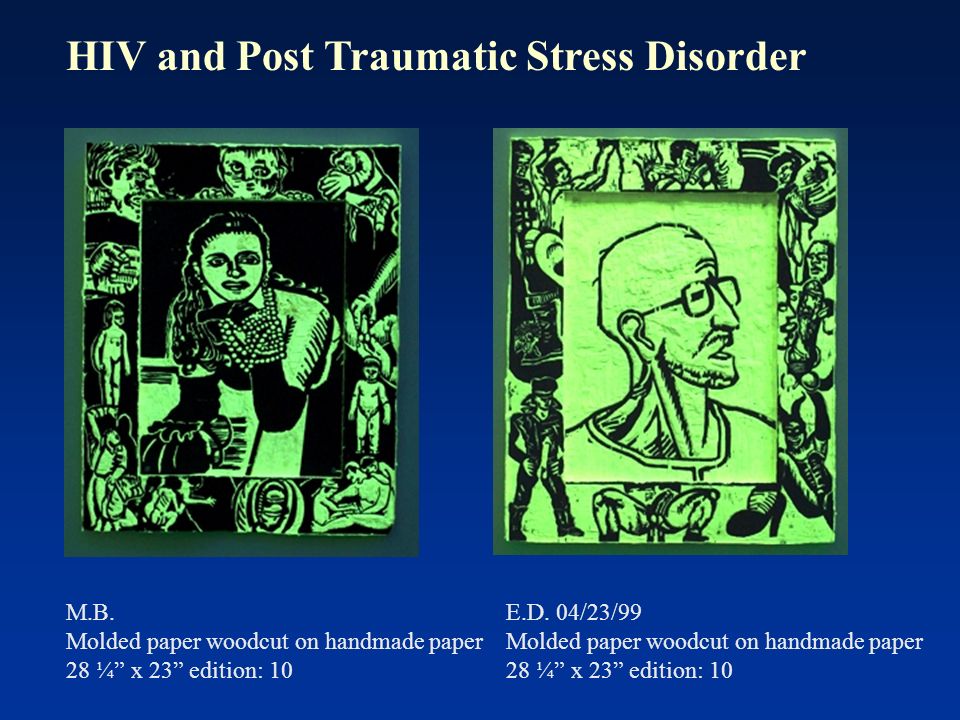Contemporary Approach to Coronary Bifurcation Lesion.
Image is adapted from classification and treatment of coronary artery bifurcation lesions: putting the Medina classification to the test. Diagnosis Angiography. Coronary artery bifurcation is detected on angiography. Shown below are an animated and a static angiogrpahy images depicting bifurcation of a left coronary artery lesion. Encircled in.There are multiple classification systems, which can be used to characterize bifurcation lesions (Fig. 22.2).One of the more complex systems is the Lefevre system (), which attempts to characterize the lesions by the location of the stenosis and angulation of the lesion (Fig. 22.3).Although descriptive, it is rather cumbersome to use for day-to-day practice and consensus societies such as the.However, true bifurcation lesions are Medina 1,1,1, 1,0,1 and 0,1,1 lesions, which are all summarized as B2 lesions when using the Movahed classification. This letter discusses this important issue.
As a result, optimal percutaneous treatment strategies for coronary bifurcation lesions (provisional 1 stent vs. dedicated 2 stent) remain a matter of debate. According to the European Bifurcation Club (EBC), a major reason is the lack of a standardized classification system for coronary bifurcation lesions.Coronary artery bifurcation lesions are complex and several classifications are presented to describe them. Recently, the Medina classification has been proposed. This classification uses binary values for characterization of stenosis. Flow conditions according to Medina classification have not been described. In this paper, bifurcation lesions corresponding to anatomical Medina lesion.

Update on disease: percutaneous coronary intervention of bifurcation lesions Review Coronary artery bifurcation lesions pose a particular challenge in the field of interventional cardiology.












